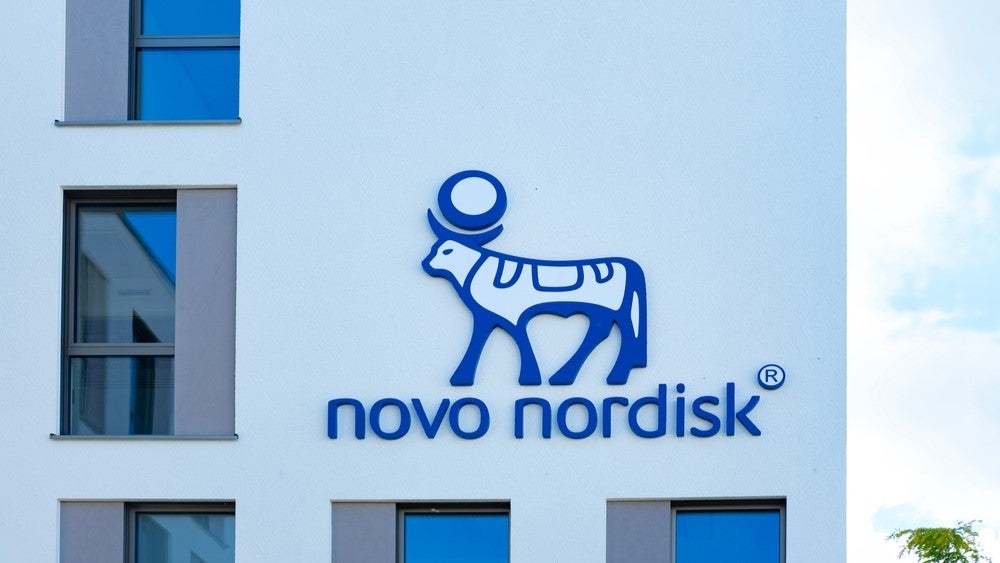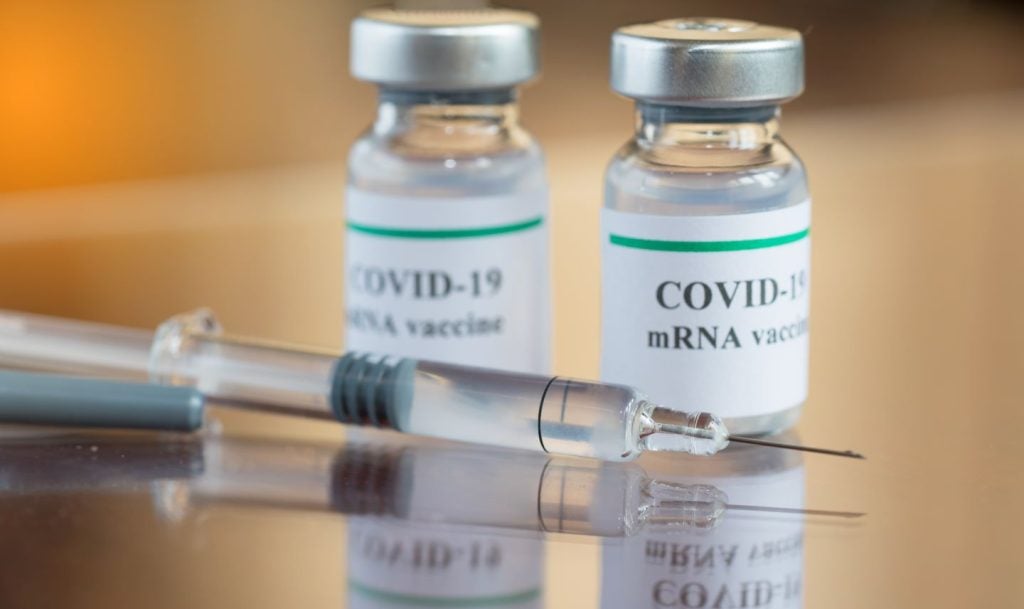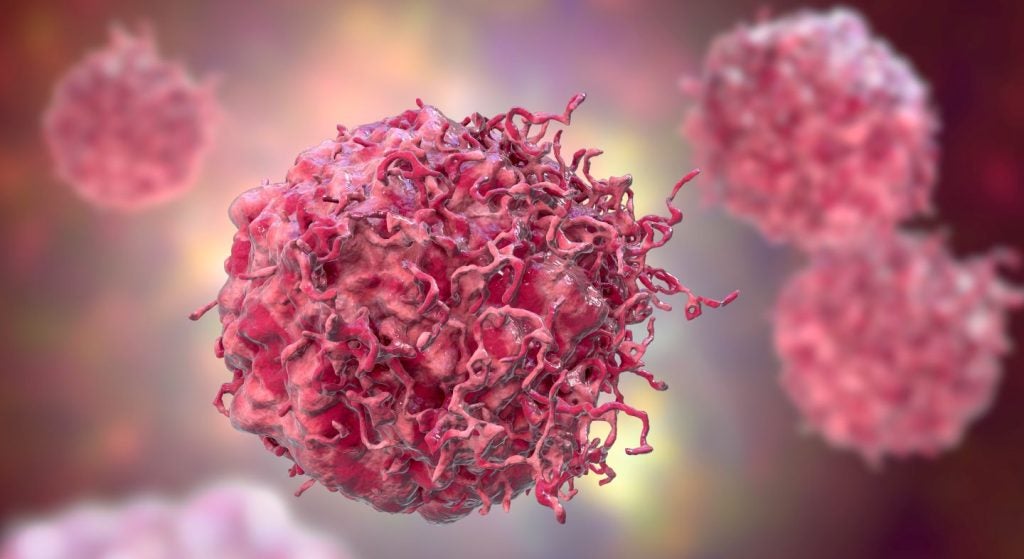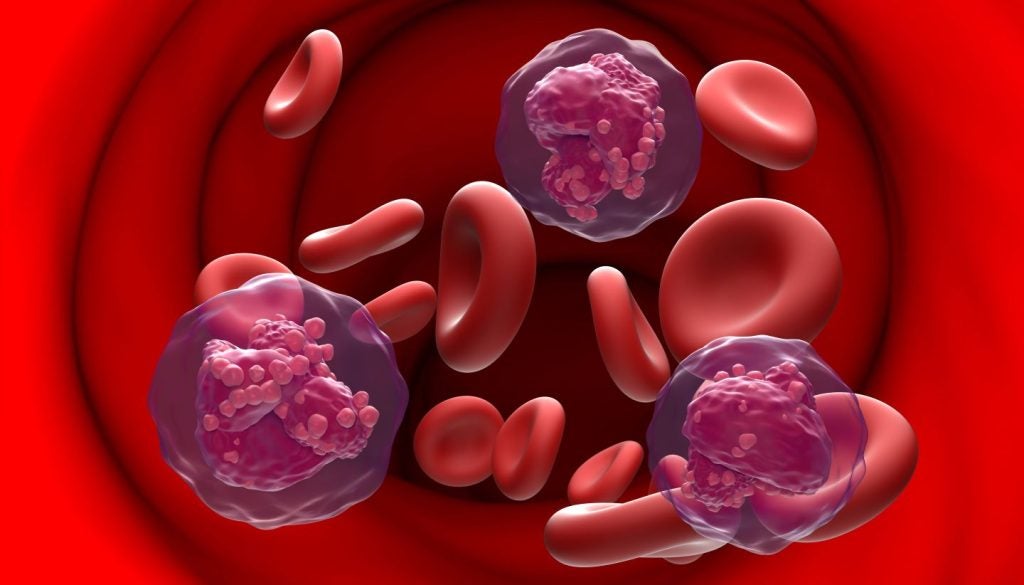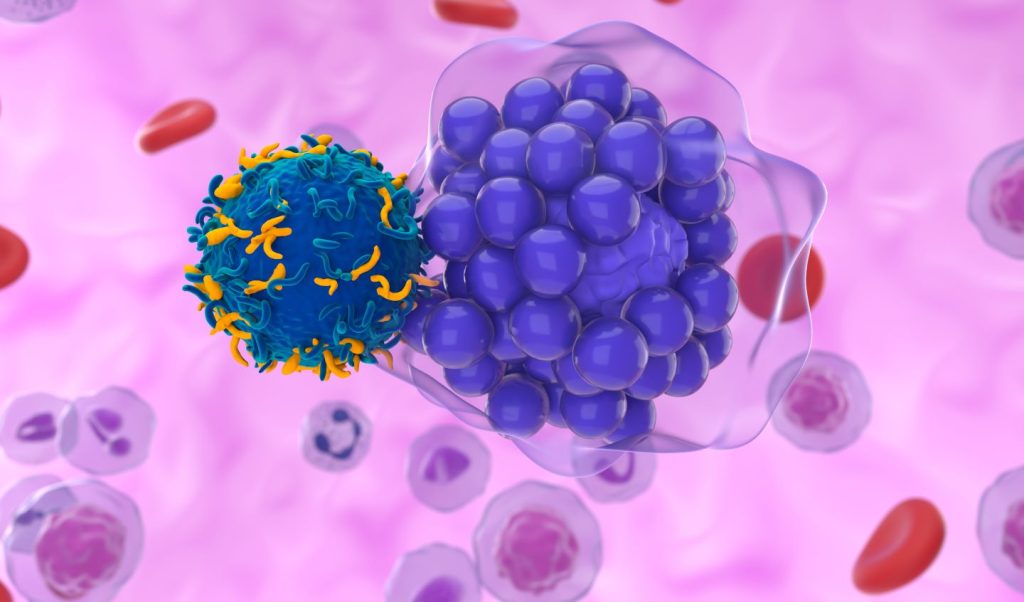UK-based biotech company Myricx Bio has secured £90m ($114m) in its Series A financing round to propel its N-Myristoyltransferase inhibitor (NMTi) antibody-drug conjugate (ADC) therapeutics into the clinical development stage.
Novo Holdings and Abingworth jointly spearheaded the investment round.
The company's founding investors, Brandon Capital and Sofinnova Partners, also contributed, alongside new participants British Patient Capital, Cancer Research Horizons and Eli Lilly and Company.
The capital injection will be channelled into expanding Myricx’s NMTi inhibitor ADC payload platform.
The funds will also support the progression of its NMTi-ADC pipeline through to clinical proof of concept, focusing on clinically validated tumour-associated antigens.
Myricx Bio CEO Dr Robin Carr stated: “I am truly grateful for the support of our founding investors Brandon Capital and Sofinnova Partners as we developed our initial NMT inhibitor chemistry and demonstrated the potential of NMTis as ADCs.
“Myricx now has the resources to grow into a fully-fledged R&D [research and development] company with our own laboratories, and an in-house R&D team with expanded management capabilities. Consequently, we are well positioned to build on our NMTi ADC platform and advance our pipeline as we become a clinical-stage company.”
Michael Bauer from Novo Holdings and Lucille Conroy from Abingworth will become part of the board of directors of Myricx.
NMT enzyme is responsible for attaching a specific lipid modification to protein targets essential for the survival of cancer cells.
Myricx's NMTi payload chemistry platform has demonstrated promising preclinical efficacy and safety across solid tumour-associated antigens and cancer cell types.
Novo Holdings Venture Investments group partner Michael Bauer said: “The scientific rationale behind its novel payload chemistry gives us confidence that NMTi-ADCs have the potential to greatly expand the current repertoire of ADC applications beyond the current standard-of-care payload classes, creating opportunities for new treatment options for patients.”




